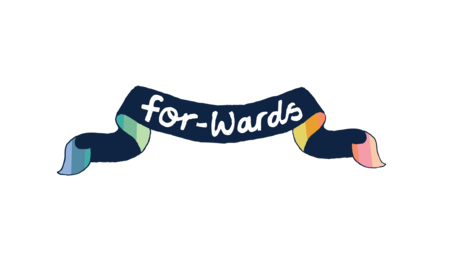About for-Wards
for-Wards, a practice-based research project that ran from 2016 to 2018, involved large-scale artistic collaborations with local residents to co-create and curate new music about Birmingham, UK. for-Wards received £160k in funding, with principal funders being Arts Council England (£89k), Royal Birmingham Conservatoire/Birmingham City University (£35k) and Birmingham City Council (£12k). A full list of project partners can be found here.
In addition to conceiving the project idea, I worked as artistic director, practice-based researcher and lead composer, co-creating one of the project's ten newly-composed works. Professor Joe Cutler, Head of Composition at Royal Birmingham Conservatoire, was registered as Principal Investigator and acted as my research mentor throughout the project. I worked alongside nine other Birmingham composers selected by nine Birmingham artistic partners to collaborate with forty community groups from each of Birmingham’s forty electoral wards. The resulting collaboration involved 837 participants to co-create ten bespoke musical works informed by people and place.
About this exposition
The primary aim of this exposition is to examine the curated aspects of the hyperlocal methodological framework that underpinned my work. 'Hyperlocal' describes a highly localised media or cultural activity, for instance online news reporting that serves a specific community. My compositional approach was to apply the concept of the ‘hyperlocal’ to contemporary musical practice - a novel undertaking on this scale. In adapting the idea, I worked with communities on compositional projects which serve the cultural identities of local people in Birmingham.
As a case study for this expositon, I include 'Bournville Chimes' from Sweet Selly, the work that I devised with residents of Selly Oak, to demonstrate the process of collaborative compositional work carried out in a hyperlocal curated environment. The various compositional methods employed in the broader for-Wards project will be explored in greater depth in a forthcoming journal article.
I also present an interactive Birmingham Music Map enabling the reader to explore each community group's collected field recordings, made in their locality (or ward), along with their co-created hyperlocal musical works.
